Pulmonary and Sleep Services
1.Telemedicine Consultation
The coronavirus disease 2019 (COVID-19) pandemic has changed the way people meet with friends, family members and co-workers. It’s also changing the way people get health care. In all of these cases, technology creates meaningful connections.
Maybe you have a mobile device such as a smartphone or tablet. Or you might have a laptop or desktop computer. With the right device and a reliable internet connection, you may be able to see your doctor online from the convenience of your home, thanks to the growth in video-based telemedicine services.
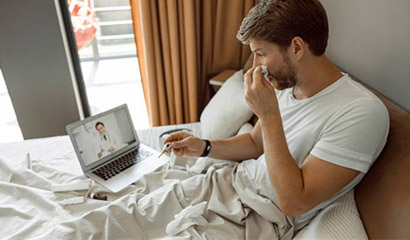
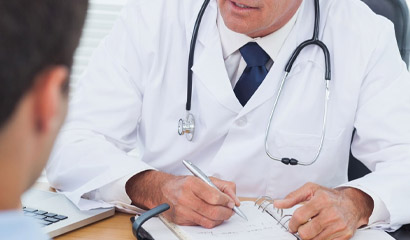
2. In Person Consultation
Trika Medical Inc team-based model in which you work with your team of health care professionals to get exactly the care you need. Your care team works to understand your needs and goals and partners with you to achieve them.
3. Pulmonary Function Test
Trika Medical Inc pulmonary and sleep medicine specialists are experts in treating people with diseases and conditions that affect the lungs and breathing. They offer comprehensive evaluation of respiratory symptoms and diseases, especially complex and rare disorders.
Treatment options include a full range of tests, procedures and clinical services, including but not limited to those listed below. Availability of services may vary among Trika Medical Inc. Please confirm when you call to request an appointment.
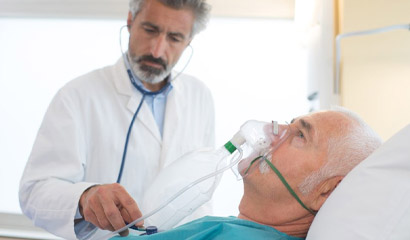
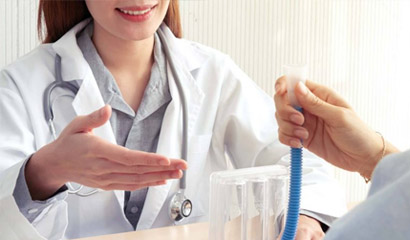
4. Spirometry
Spirometry (spy-ROM-uh-tree) is a common office test used to assess how well your lungs work by measuring how much air you inhale, how much you exhale and how quickly you exhale.
Spirometry is used to diagnose asthma, chronic obstructive pulmonary disease (COPD) and other conditions that affect breathing. Spirometry may also be used periodically to monitor your lung condition and check whether a treatment for a chronic lung condition is helping you breathe better.
5. 6 Minute Walk Test
The aim is to develop a simple method that augments the accuracy of the prediction of VO2 max and ventilatory threshold by evaluating the rating of perceived exertion at the end of the 6 minute walk test.

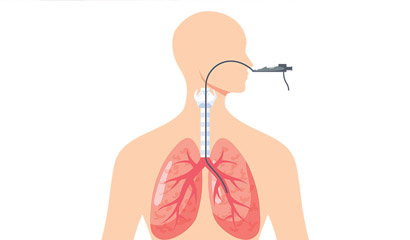
6. Bronchoscopy
Bronchoscopy is a procedure that looks inside the lung airways. It involves inserting a bronchoscope tube, with its light and small camera, through your nose or mouth, down your
throat into your trachea, or windpipe, and to the bronchi and bronchioles of your lungs.
7. Thoracentesis
Thoracentesis is a procedure in which a needle is inserted into the pleural space between the
lungs and the chest wall. This procedure is done to remove excess fluid, known as a pleural
effusion, from the pleural space to help you breathe easier.
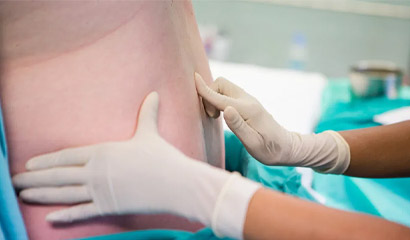
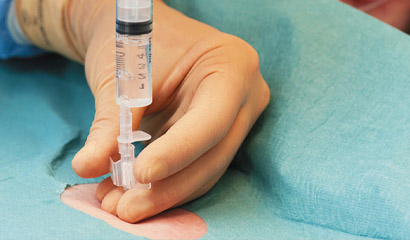
8.Thoracic Needle Biopsy
Needle biopsy, in which your doctor uses X-ray or CT images to guide a needle through your chest wall and into the lung tissue to collect suspicious cells.
9. Polysomnography- Sleep Study
Polysomnography, also called a sleep study, is a test used to diagnose sleep disorders. Polysomnography records your brain waves, the oxygen level in your blood, heart rate and breathing, as well as eye and leg movements during the study.
Polysomnography is usually done at a sleep disorders unit within a hospital or at a sleep center. The test records your nighttime sleep patterns. Polysomnography is occasionally done during the day to accommodate shift workers who habitually sleep during the day.
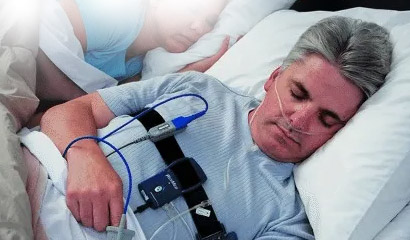
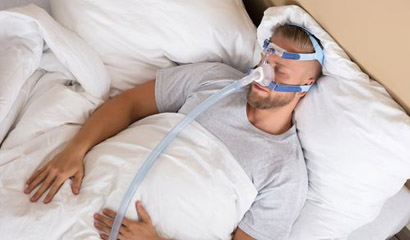
10. CPAP- Continuous Positive Airway Pressure
To eliminate snoring and prevent sleep apnea, your doctor may recommend a device called a continuous positive airway pressure (CPAP) machine. A CPAP machine delivers just enough air pressure to a mask to keep your upper airway passages open, preventing snoring and sleep apnea.
11. Split Night Sleep Studies
In a split-night sleep study, you’ll be monitored during the first half of the night. If you’re diagnosed with obstructive sleep apnea, staff may wake you and give you continuous positive airway pressure for the second half of the night.

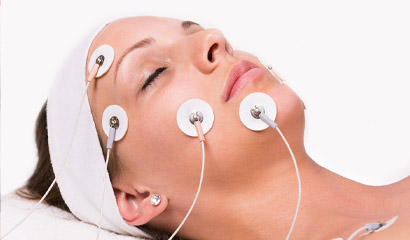
12. MSLT-Multiple Sleep Latency Test
The multiple sleep latency test (MSLT) tests for excessive daytime sleepiness by measuring how quickly you fall asleep in a quiet environment during the day. Also known as a daytime nap study, the MSLT is the standard tool used to diagnose narcolepsy and idiopathic hypersomnia.
Your Copyright Text